Eclectic Interiors That Will Make Your Heart Skip A Beat
Eclectic interior design is all about blending different styles, periods, textures, and colors to create a unique and personalized space. Here are some aspects and principles of eclectic interior design that we want to highlight.
Mix of Styles: Embrace a mix of styles such as modern, traditional, vintage, bohemian, industrial, and global influences. The key is to create a harmonious composition that reflects your personality and tastes.
One of the bedrooms of Palazzo Spinola in Genoa, Italy. Ligurian coast - Italy’s secret gem.
Design by @nicolocastellinibaldissera and @pictalabmilano for @carloclavarino
Photography by Stefan Giftthaler
Color and Pattern: Experiment with a diverse color palette and incorporate patterns like stripes, florals, geometric designs, or ethnic prints. Use color to tie the eclectic elements together while allowing each piece to stand out.
Tiled away with a jungle vibe 🌴🌴 Bathroom in the home of Jan Hendrix, Mexico City, Mexico @janhendrixstudio #mexicocity
Photo by Allan Fis via @eclectic_territory
📸 @melanieacevedophoto
Styling @mieketenhave
Published @rizzolibooks
@verandamag
Inside the Blue cabin, an old fisherman's cabin on the Scottish coast which is the holiday home of architect Ben Tindall and sculptor Jill Watson.
Photographed by Ben Tindall for @houseandgardenuk
Furniture Selection: Choose furniture pieces from different eras and styles. For example, pair a vintage wooden cabinet with a modern leather sofa, or mix antique chairs with contemporary dining tables. This juxtaposition adds visual interest and depth to the space.
Beautiful home with tropical accents!
Photo by billaltaright
Via @charlotterey
The most magical room at Villa Mabrouka. Decorator Jacques Grange helped Saint Laurent and Bergé design the interiors when they moved there in 1998.
Photo by @guidotaroniphotographer
Art and Decor: Display a mix of artwork, decorative objects, and accessories that reflect your eclectic style. Incorporate unique finds from your travels, vintage collectibles, handmade crafts, and statement pieces to add character and charm.
Bed alcove at Amstenrade Castle, Limburg, with Chinoiserie scenes and silhouetted palm trees by Pièrre Michèl de Lovinfosse, circa 1785.
Via @markbroch
Perfect Piero Portaluppi 💛
Via @cabanamagazine issue 13 portfolio on Piero Portaluppi words by @nicolocastellinibaldissera
The pink salon of Fluer Cowles in the famed Albany complex in London. The 9 painted hessian panels were completed by decorative artist, Federico Pallavicini c. 1950s //
Texture and Materials: Integrate a variety of textures and materials such as wood, metal, glass, rattan, velvet, leather, and natural fibers. This adds tactile appeal and creates a visually rich environment.
Deep fuchsia is so vivid in the apartment of designer @alidad_Itd in London
Photo by @the_calico_club
Another dream bed - this time in Villa Majorelle. 💚🤎💚
Via @magicofartnouveau
Whirly and swirly wallpaper. bathroom in Villa des Alyscamps designed by @indiamahdavi for Maja Hoffman in Arles France.
Photo by @francoishalard
Balance and Cohesion: While eclectic design celebrates diversity, it's essential to maintain balance and cohesion in the overall composition. Pay attention to scale, proportion, and visual weight to ensure that the elements work together harmoniously.
Cobalt blue makes this terrace feel like an oasis. Colonial style furniture and large arches enhance the experience.
Via @_luca_lux
The master chinoiserie themed bedroom in this Herefordshire estate home features a custom designed Mattia Bonetti @davidgillgallery dressing table and chair with master bed and carpet by Francis Sultana against a backdrop of hand painted silk @degournay wallpaper.
Via @francis_sultana
The most beautiful Art Deco bathroom. Eltham Palace, 1933, Paul Edward
Paget & John Seely.
Layering: Create depth and dimension by layering different elements like rugs, cushions, throws, curtains, and wall hangings. This layering technique adds warmth and personality to the space.
Personalization: Infuse the space with your personality and interests. Display meaningful objects, family heirlooms, and personal collections that tell a story and make the space feel uniquely yours.
Tim Walker x Barbara Cartland: This show-stopping bedroom, with its Egyptian-inspired corals and turquoises, belonged to Dame Barbara Cartland and is captured in Issue 18 by the eminent Tim Walker. "Since my grandmother Barbara Cartland's death, it feels as if the house she lived in for over 50 years has been frozen and, like Beauty's castle, awaits a dashing hero's kiss to bring it back to life," writes Charlotte di Carcaci. Thanks to 'dashing hero' Tim, and Charlotte, for allowing us to celebrate an icon in such a fitting way.
Images by #TimWalker
Words (online & print) by @charlottedicarcaci
Via @cabanamagazine
Museé Jacquemart-André, Paris. Teal moire wallpaper looks stunning against the gold frames.
Openness to Change: Embrace flexibility and be open to changing and updating elements over time. Eclectic design allows for ongoing evolution and experimentation as your tastes and preferences evolve.
Hôtel Beauharnais, built in 1714 by architect Boffrand, bought by Eugène De Beauharnais in 1803, renovated by Bataille in 1807. Today it is the residence of the German Ambassador in France.
Credits @apollo_art_antiques
If you’re Paris this weekend make sure to visit Hotel La Pavia, built between 1856 and 1866. The stunning interiors will leave a big impression on you!
Photo by Alexandre Bailhache
Overall, eclectic interior design encourages creativity, self-expression, and a fearless approach to mixing and matching styles, colors, and textures to create a one-of-a-kind living environment.
DISCLAIMER: THE MILLIE VINTAGE DOES NOT OWN ANY RIGHTS TO THESE PHOTOS. PLEASE NOTE THAT ALL IMAGES AND COPYRIGHT BELONGS TO THE ORIGINAL OWNERS. NO COPYRIGHT INFRINGEMENT INTENDED.


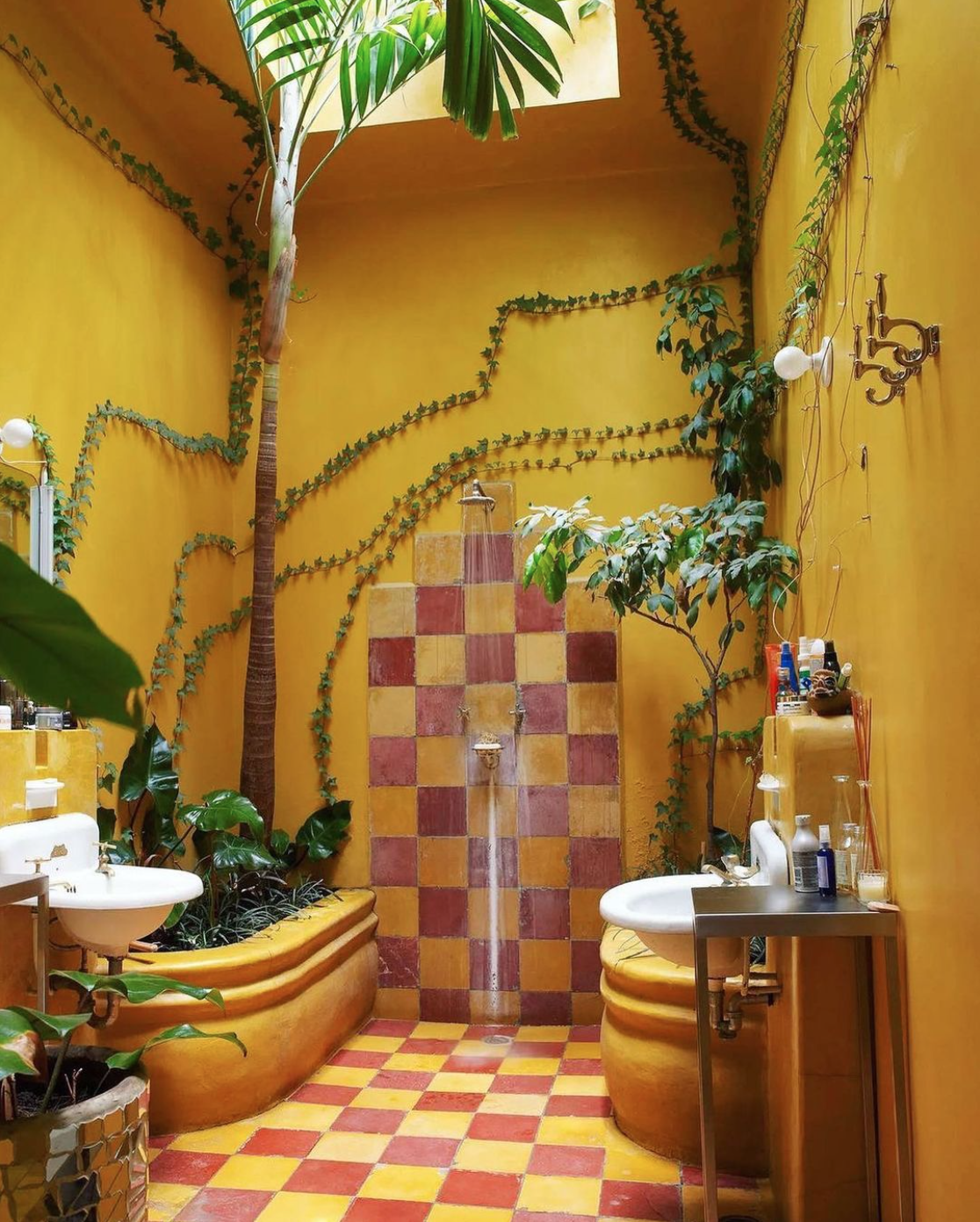























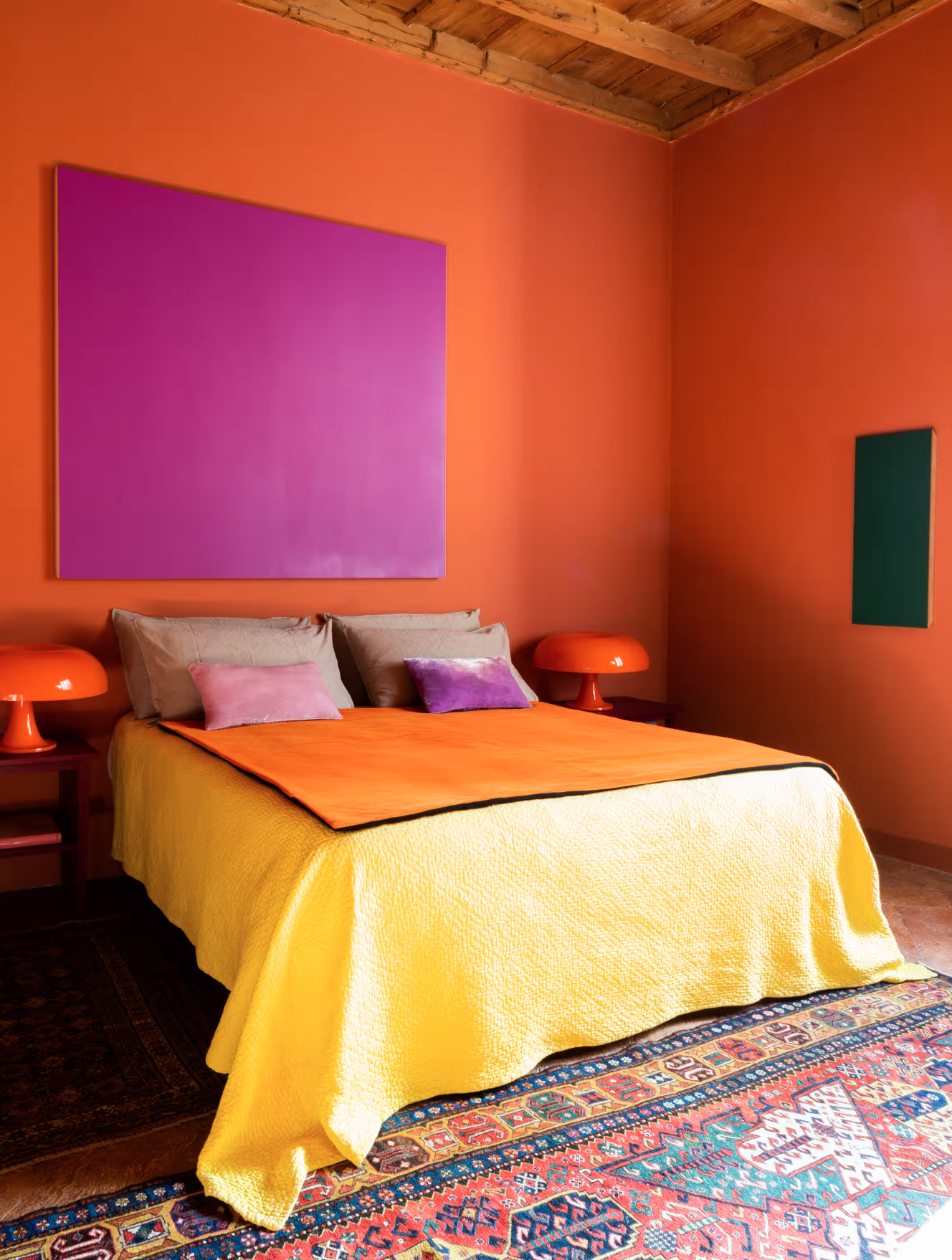

















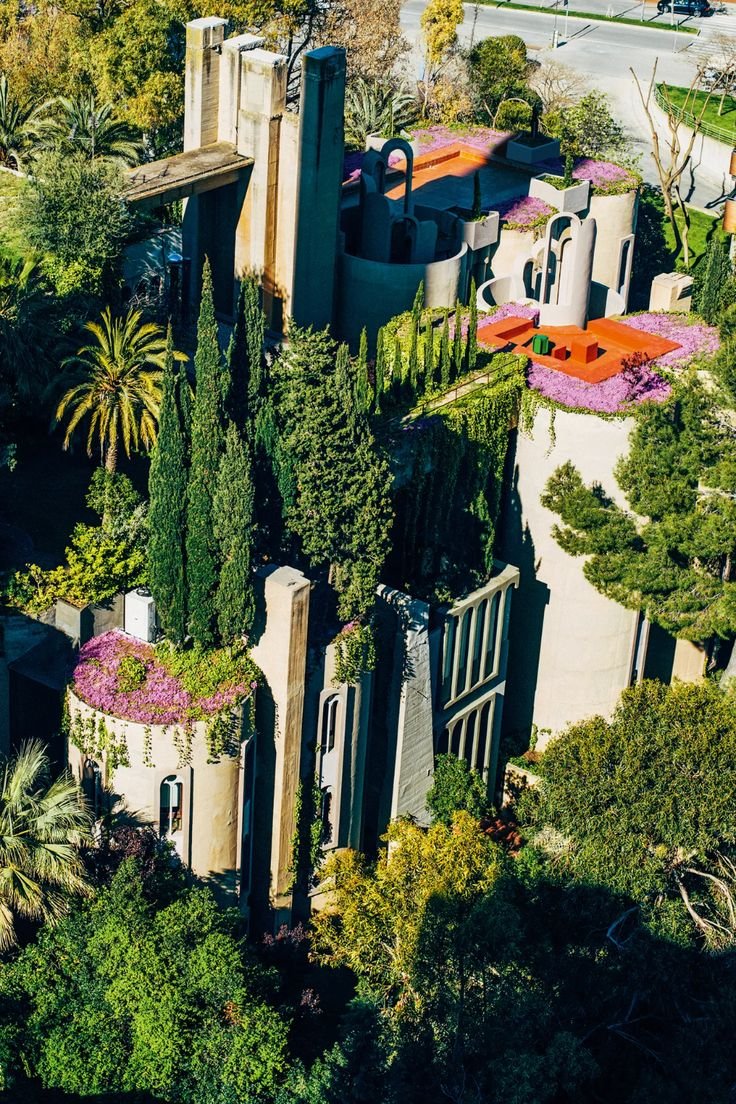

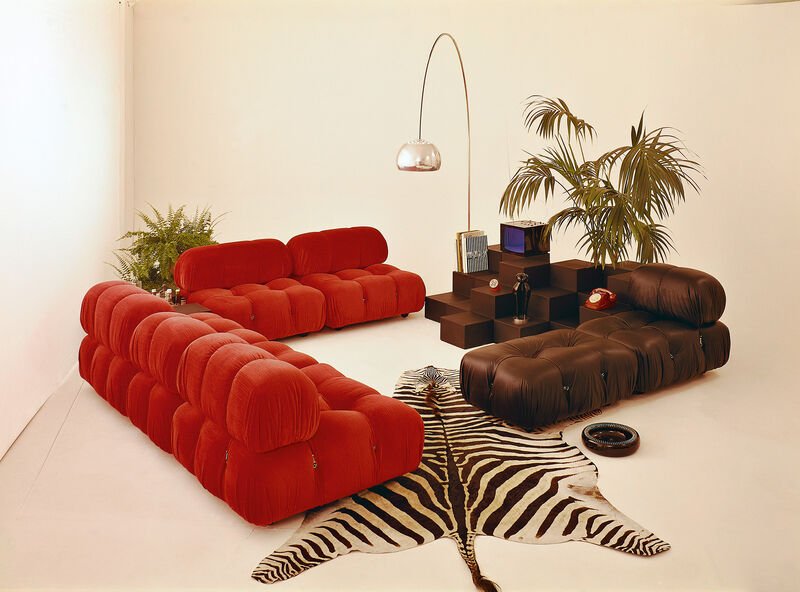




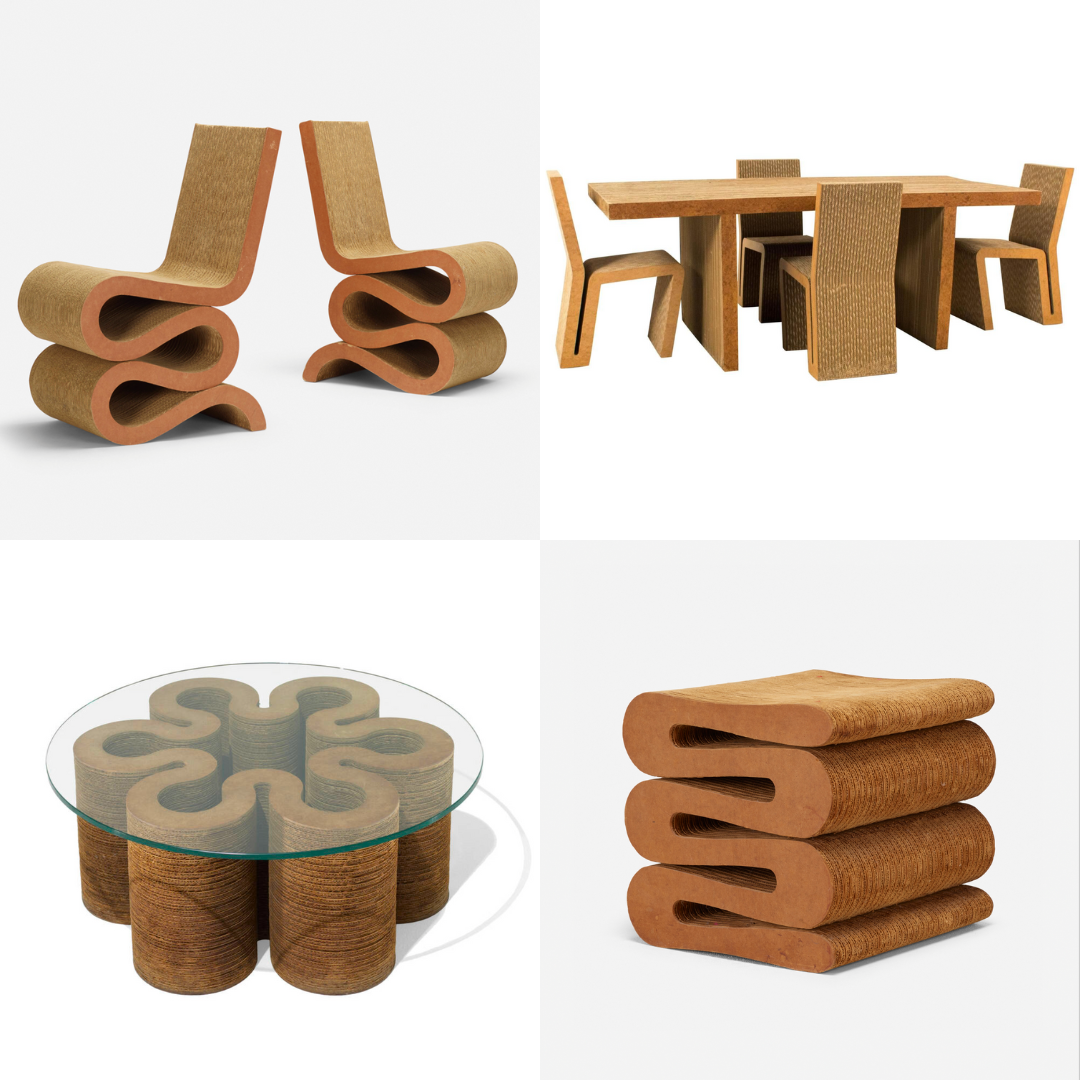











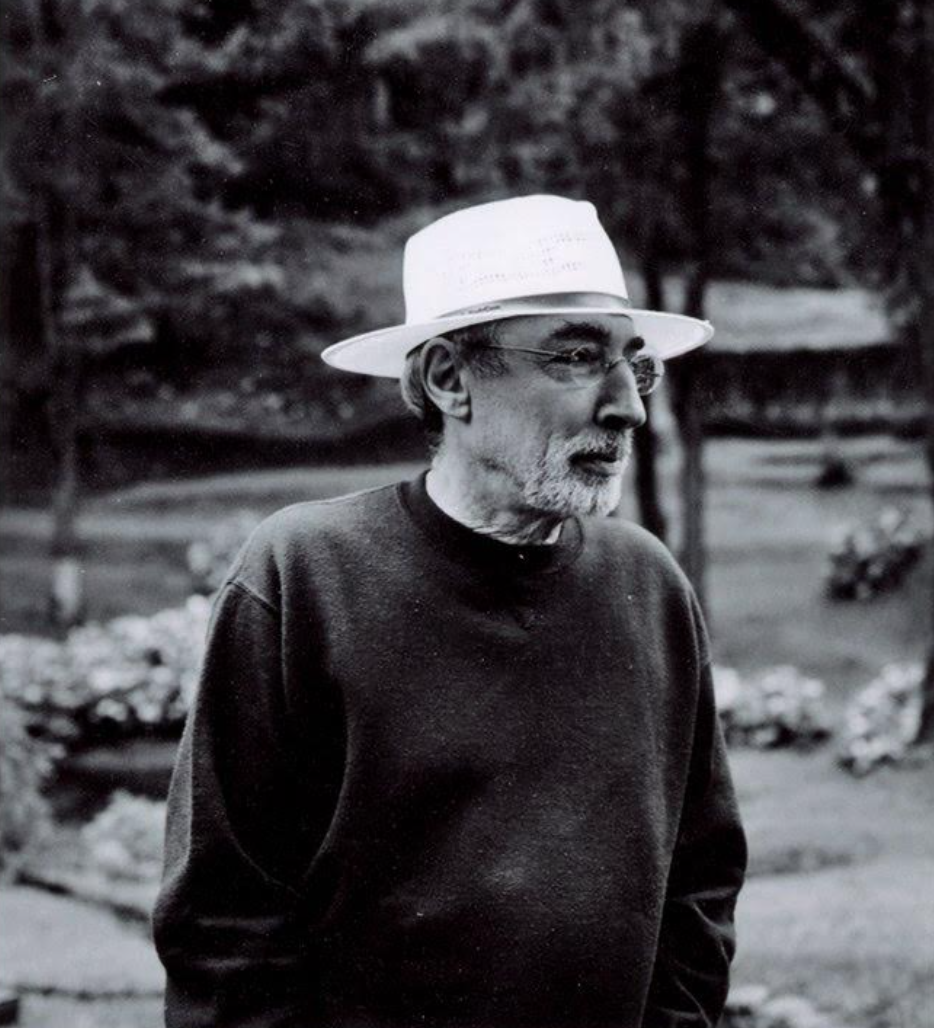










It’s no surprise that celebrities have the ability to acquire some of the most rare and incredible pieces of design. We are thrilled to see faces we look up to, enjoying vintage design as much as we do.